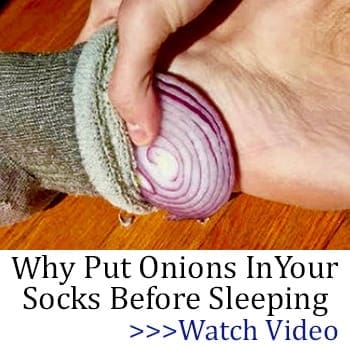Growing your own herbs is a fun, and easy way to ensure you have everything you need to add an extra hit of flavor to your dishes. Every cook knows the best time to go to the store and purchase the freshest herbs. But if you want to redefine fresh, there’s nothing quite like growing your own. You can cut them directly off the plant right when you need them, which means you’ll never need to worry about parsley, or basil getting brittle and dried out before you’ve had the chance to use them. Plus, homegrown is a lot cheaper and convenient. Here is a list of 10 cooking herbs you should grow in your garden.
1.Fennel
Fennel prefers well-drained rich soil and full sun. Water them once or twice a week, or during dry seasons. You can grow the herb without much difficulty; it is also very hardy and lasts well after the first frost. Although fennel is referred to as a herb, it is also a popular European vegetable. Fennel is a close relative of parsley and popular in Mediterranean and Italian recipes. You will also hear the herb referred to as Finuccio or Florence Fennel. Grow fennel in your vegetable garden, or at the back of your garden because the plant can grow between three to four feet tall. Fennel also provides a wide range of health benefits; since it is packed with fiber, it reduces high cholesterol and limits your chances of heart disease. Additionally, research suggests that it helps protect against chronic diseases such as cancer.
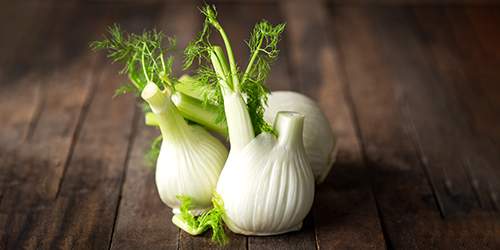
2. Parsley
Parsley is a powerful source of vitamin C and A, it is also good for the digestive system. The herb is typically grown as an annual, but it will stay evergreen throughout the winter in milder climates. Although parsley is a bitter herb, it acts as a balancing ingredient for stews and soups.
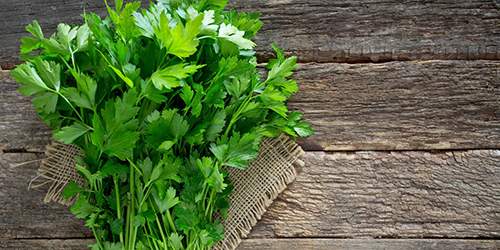
3. Sage
This wonderful cooking ingredient is easy to grow. The herb doesn’t take too well to wet soil, so you would need to plant it in a sunny area with fertile, and slightly dry soil. Sage comes in different varieties such as tricolor garden sage, golden sage, ornamental purple sage, and berggarten sage. It is an evergreen plant so once they are grown, you can pick the leaves at any time of the year. You can protect the plant during the winter months by covering it with a horticultural fleece.
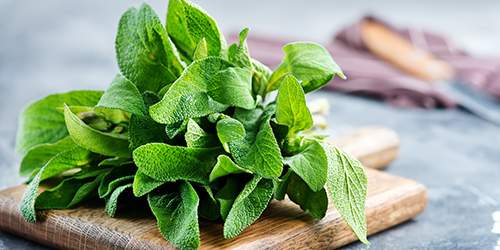
4. Mint
From a traditional sauce for new potatoes and roast lamb to a refreshing tea, mint is one of the most efficient culinary herbs. Grow mint in well-drained but moist soil in partial to full shade. It is advised that you grow mint in a pot because like apple mint, it can invade other plants when planted in the ground.

5. Basil
This Indian herb is a key ingredient in Mediterranean classics and summer salads. It’s a tender annual so you can only grow it outside during the summer time. You will need to take the plant inside when it starts getting cold. It is important that the plant gets as much light and warmth as possible, and that it is planted in fertile soil.
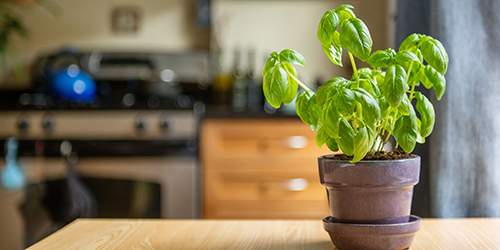
6. Thyme
This delicate looking plant pairs well with vegetable, bean, and egg dishes. It also gives tomatoes, poultry, and lamb a wonderful flavor. The herb is often used in Provencal French, Italian and Mediterranean cuisines. Despite their differences in taste, thyme belongs to the mint family.
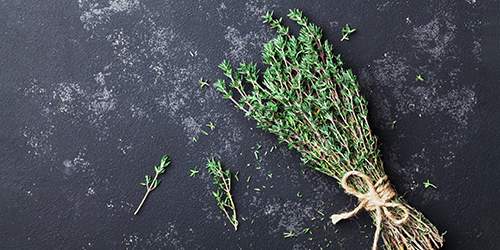
7. Apple Mint
You will also hear apple mint referred to as round leafed mint, woolly mint, or pineapple mint. It belongs to the same family as herbs such as catnip, oregano, sage, rosemary, and basil. There are numerous benefits associated with the apple mint herb; it is good for epileptic seizures, fatigue, travel sickness, asthma, shock, colds, flu, cramp, colic, acne, digestive disorders, headaches, and fever. Apple mint is an invasive plant and so it’s best to confine it in a container and then bury the container. The herb enjoys part sun, part shade; plant it in rich soil that drains well.
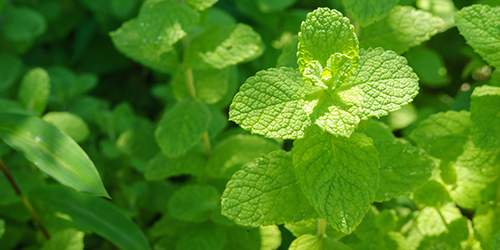
8. Chives
Chives are a very low maintenance plant, as long as they are in direct sunlight for four to five hours a day, they will grow just fine. These herbs go well in omelets, soups, and potato salads, they have a bit of an onion flavor to really give your dishes an extra kick.
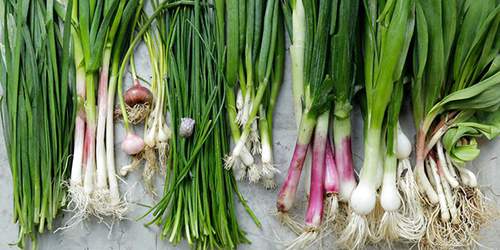
9. Rosemary
Rosemary has a very strong but pleasant flavor, it is good for adding to ingredients such as vegetables, meats, and poultry. The herb prefers to be planted in soil that is slightly dry, so be mindful of this when you are watering the plant. When left to flourish, the rosemary plant will mature into a full-sized bush.
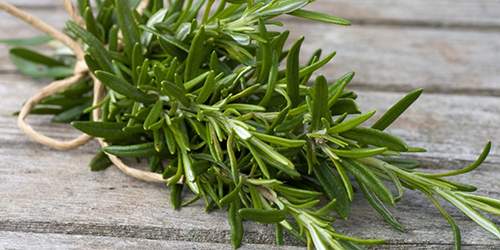
10. Oregano
Oregano plants do best in sunny, warm spots, they also prefer light soils. Fertile the soil moderately when first planted, but no additional fertilizing or compost is required afterward the plant is similar to chives in how easy it is to grow making it perfect for the first-time gardener. The Greeks described the plant as, “The joy of the mountain.” One of the many benefits of growing oregano is that it serves a dual purpose, you can add it to your dishes, and they are decorative. They grow beautiful pink flowers which you can hang up around the yard. Although oregano does best in a warm climate, it is also a strong perennial available all year round. It is also important to mention that the oregano flavor intensifies when it is exposed to a full day of sunshine.
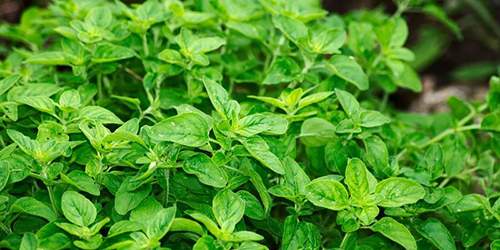
Final Thought
Not only do herbs give a rich and indulgent flavor to your foods, but they are also low-calorie and vitamin and nutrient-dense. I refer to these plants as “mighty little warriors,” they are tiny but packed with minerals, vitamins, essential oils, dietary fibers, anti-inflammatory, and anti-bacterial properties. Not only will there be a noticeable improvement in the quality of your meals, but you will also reap innumerable health benefits.
You may also like:
How to Prepare Your Homestead In Case Of a Natural Disaster 
The Natural Painkiller that Grows in Your Backyard (Video)
Is It Legal To Harvest Rainwater In Your State?
Best Dog Breeds For Homesteaders
How to Use the Whole Animal (Whether You Raise Your Own or Buy It)





